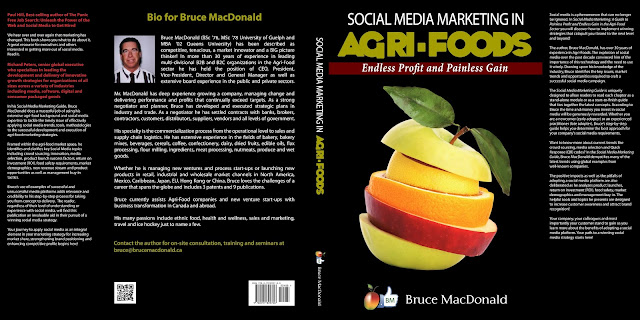CUSTOMERS QUESTION 'ALL NATURAL' FOOD CLAIMS
Published in Food Product Design May 14, 2103
SANTA MONICA, Calif.—Consumers' skepticism continues to rise as they see the words "all natural" printed on more and more of their food products, and some products labeled "natural" clearly do not fit consumers' definitions of "healthy," according to The Hartman Group's overview of the 2010 report"Beyond Organic & Natural." When these same food products contain high levels of fat, sugar or sodium, shoppers begin to question the claim's validity.
According to the report, consumers see “natural" as a marketing term, meaningless alone, which may encourage them to investigate the product more, but is not enough by itself. Because the U.S. Food and Drug Administration (FDA) has yet to define the claim, using "all natural" in product marketing has become controversial as consumers begin to pay more attention to nutrition facts and ingredients while shopping.
"From a food science perspective, it is difficult to define a food product that is 'natural' because the food has probably been processed and is no longer the product of the earth," FDA said in a statement. "... However, the agency has not objected to the use of the term if the food does not contain added color, artificial flavors, or synthetic substances."
In 2009, the U.S. Department of Agriculture (USDA) sought after a definition of "natural" meat and poultry products by coordinating with the Food Safety Inspection Service (FSIS) and the Agricultural Marketing Service (AMS). But all the USDA has released includes a Draft Guidance stating that "nonsynthetic" means the same as "natural," which applies when "a substance that is derived from mineral, plant, or animal matter and does not undergo a synthetic process ..."
Despite the lack of clarification for these claims, manufacturers are using terms like "natural" and "fresh" more frequently compared to a decade ago.
The categories "natural," "organic," "single serving" and "fresh" ranked among the top 10 marketing claims every year since 2001, according to USDA filings. The amount of new "natural" product introductions increased from 1,380 in 2003 to 2,145 in 2010.
For more information on companies labeling their products as "natural," see Defining 'Natural' in Food, Beverages—and Marketing.
According to the report, consumers see “natural" as a marketing term, meaningless alone, which may encourage them to investigate the product more, but is not enough by itself. Because the U.S. Food and Drug Administration (FDA) has yet to define the claim, using "all natural" in product marketing has become controversial as consumers begin to pay more attention to nutrition facts and ingredients while shopping.
"From a food science perspective, it is difficult to define a food product that is 'natural' because the food has probably been processed and is no longer the product of the earth," FDA said in a statement. "... However, the agency has not objected to the use of the term if the food does not contain added color, artificial flavors, or synthetic substances."
In 2009, the U.S. Department of Agriculture (USDA) sought after a definition of "natural" meat and poultry products by coordinating with the Food Safety Inspection Service (FSIS) and the Agricultural Marketing Service (AMS). But all the USDA has released includes a Draft Guidance stating that "nonsynthetic" means the same as "natural," which applies when "a substance that is derived from mineral, plant, or animal matter and does not undergo a synthetic process ..."
Despite the lack of clarification for these claims, manufacturers are using terms like "natural" and "fresh" more frequently compared to a decade ago.
The categories "natural," "organic," "single serving" and "fresh" ranked among the top 10 marketing claims every year since 2001, according to USDA filings. The amount of new "natural" product introductions increased from 1,380 in 2003 to 2,145 in 2010.
For more information on companies labeling their products as "natural," see Defining 'Natural' in Food, Beverages—and Marketing.
- The Hartman Group: "Beyond Organic & Natural"
Check out my latest e-book entitled: "Social Media Marketing in Agri-Foods: Endless Profit and Painless Gain".
The book is available on Amazon and Kindle for $4.99 USD. Visit amazon/Kindle to order now:
http://www.amazon.ca/Social-Media-Marketing-Agri-Foods-ebook/dp/B00C42OB3E/ref=sr_1_1?s=digital-text&ie=UTF8&qid=1364756966&sr=1-1
Written by Bruce MacDonald, a 30 year veteran of the Agri-food industry, in "Social Media Marketing in Agri-Foods: Endless Profit and Painless Gain", Bruce applies his background and expertise in Agri-foods and social media to the latest trends, tools and methodologies needed to craft a successful on-line campaign. While the book focuses on the Agri-food market specifically, I believe that many of the points Bruce makes are equally applicable to most other industries.

No comments:
Post a Comment